I don’t know a more powerful bush in the world. I may be a bit biased. The Camellia Sinensis plant created the most power drinks in the world. The tea nutritional facts pour into the cup and overflow. The list is overwhelming and powerful.
A leaf, processed and created. Created into several different varieties. Both hot and cold beverages can be so beneficial for our bodies.
Tea touches our soul, embraces our life and in the background of our bodies it’s working wonders.
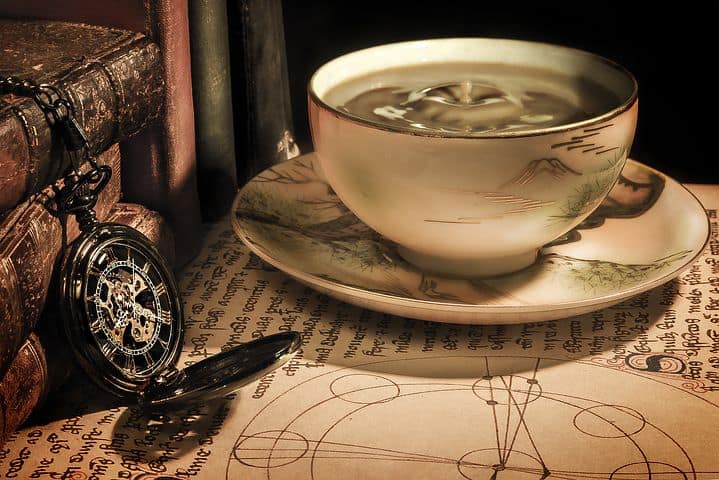
The Story of Tea
Ahhh, the love of tea!
First the story, you can’t begin to know tea unless you know the history behind the lovely single leaf.
These are what I’ve chosen to share. Do yourself a favor and search to find more interesting history and stories about tea.
In ancient China, a long, long time ago (people say 2737 BC). An emperor whose name was Shen Nung was kneeling in front of a fire boiling water. The wind blew and leaves fell from a tree above him and into his boiling water. The scent was intriguing so he took a sip and there it is, the first tea story.
If the leaves were tea leaves they had to be unfermented making his drink the first green tea drink in history.
This is a favorite story:
An herbalist again from the Chinese culture studied herbs. He’s said to know 100,000 healing properties of them. He was passing the information down to his son. He was only able to pass on 80,000 of them. He told his son to visit his grave in 5 years and the other 20,000 would be there waiting for him. His son did as he asked and visited his grave site and beside his fa- thers grave was a tea bush!
These are fun mystical stories and their reality could be questions but why?
Today we have scientific proof of how good the Camellia Sinensis plant is. We learn more and more, we learn new evidence every day about it.
Here are some Tea History Facts:
- Tea’s said to have started in China
- Through Chinese monks who worshipped the entire process of tea and it’s given as gifts.
- The Japanese Tea is considered to be an offshoot of those gifts. In 1559 a tea merchant shared his tea experience with others. In the 1600’s the Dutch East India Trading Company was shipping tea to Europe.
- 1618 Russians received several chests of tea as gifts.
- In Europe tea was for the royal and rich, costing over 100 dollars per pound.
- One of the earliest recorded tea parties was in American in 1674. In 1773 Sons of Liberty had their own tea party and threw 32 cases of tea into the Boston Harbor.
- In 1830 India, who’s responsible for Darjeeling, Assam and Nilgiri teas. Discovered tea already freely growing in the fields. India has over 2,000 tea producers and one of the largest producers of tea.
And tea continues through history today. There are also Herbal teas as well but we lovingly refer to those as tisanes (French for herbal infusion)
Herbal’s are not tea at all but flowers, herbs and berries combined to serve in hot water like tea.
Tea has quite a history as well as a connection that branches out all over the world. I’m just glad it made it to my mug this morning!
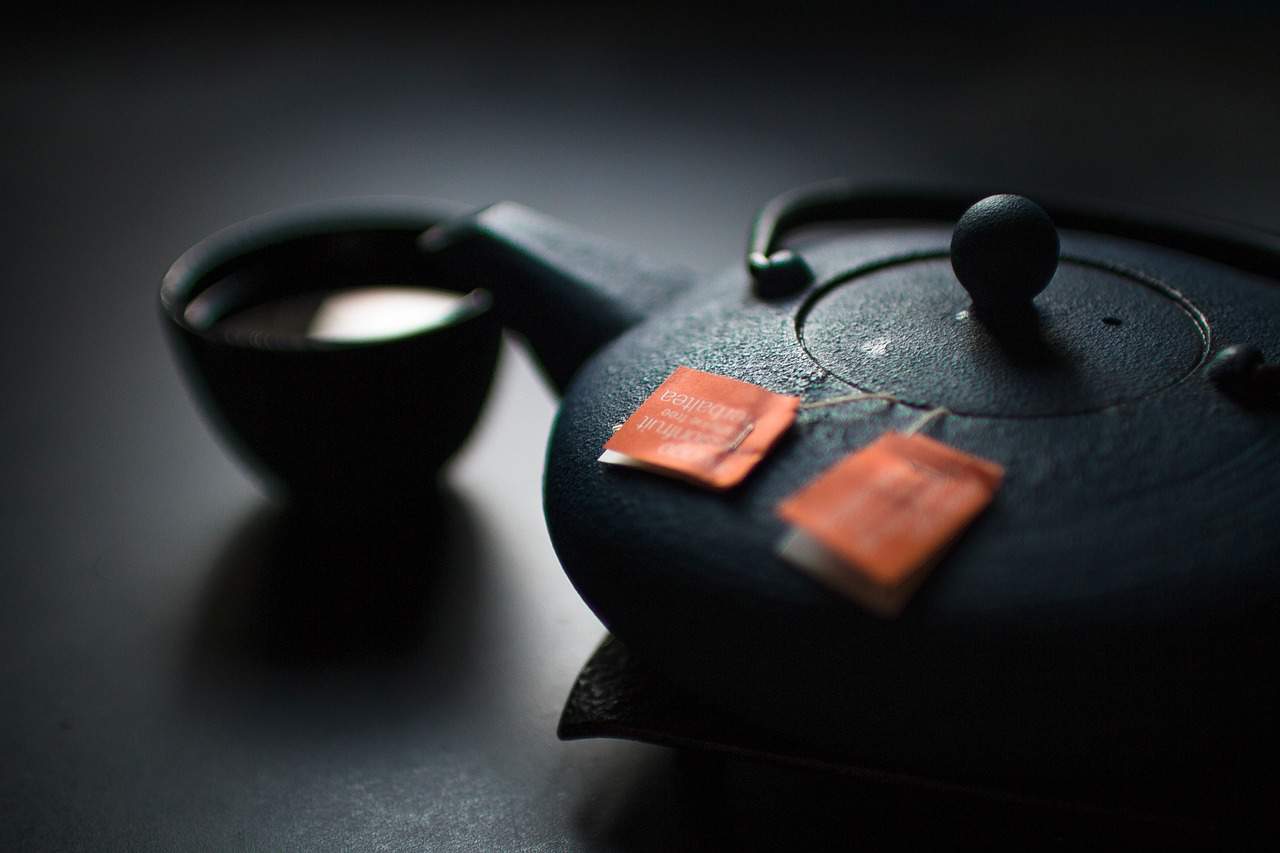
Those Nutritious Teas
A bush or a shrub. Whatever you call it, I call it tea. The family of the Camellia Sinensis plant belongs to is called the Theaceae family. Tea is considered by many Chinese people as a traditional drink. A drink to help battle many illnesses. The list of “anti” effective benefits are longer than my arm. The complexity of one plant. One plant that’s used to create a variety of teas. Before we can learn of the nutrition of tea, let’s learn about the teas.
Green tea – the least processed of all the teas. Not oxidized, not wilted
Green tea has a more delicate flavor than black. The leaves are dried and heat-treated. Soon after they’re picked, which stops the fermentation process. It contains about 25 milligrams of caffeine per cup. The lightly oxidized tea has been popular in China, Ja- pan and Korea for centuries. Recently, rumors on its health bene- fits increased its popularity in the West as well. It’s been proven that drinking green tea can lower cholesterol, prevent cancer and increase metabolic rates. It can also be helpful in a variety of other conditions and illnesses. The green tea is lightly oxidized, dried, but not fermented. It is usually served plain, without sugar or milk. Some of the green tea variants taste a bit bitter. It should be brewed at a lower temperature than the boiling point.
White Tea – no oxidation, not wilted
White tea has a much milder flavor than any other variety. Not to mention less caffeine—about 15 milligrams per cup. These leaves are picked when they’re very young. Loose tea may also contain more antioxidants than tea in bags. This is because the leaves are less processed. White tea is more rare and more expensive than the other types of teas mentioned above. Originated in the Fujian province of China. The white tea is made of young Camellia Sinensis leaves. These leaves go through a long process. Steaming or frying, inactivate fermenting and drying. Since the leaves are harvested while the buds are still covered by white hair, it’s called white tea. White tea has the most delicate, sweet taste than the other types of tea. Moreover, it contains the smallest amount of caffeine. It also contains the largest amount of antioxidants that help prevent cancer.
Oolong – wilted, bruised and partially oxidized
Oolong is similar to
Black Tea – Wilted, crushed and fully oxidized
Black tea is the most common variety and accounts for about 75 percent of global tea consumption. Like many of the teas here, it’s made from the leaves of the Camellia Sinensis plant. These leaves are typically rolled and fermented, then dried and crushed.
Yellow Tea – not oxidized, not wilted and allowed to yellow
This rare beauty is a unique treasure, a must try for any tea enthusiast! Don’t be mistaken by the dark color of the leaves; this is yellow tea! True yellow tea, which is only grown in China, is prepared in a similar way to green tea. Yet the leaves are left damp to slightly oxidize the tea. Turning the leaves and the finished brew a golden yellow hue. Huang Cha yellow tea is wonderfully floral. You’ll notice the chrysanthemum scent right when you open the bag, and almost a faint hint of jasmine. Its flavor profile is similar to an oolong, with a smooth, rich, buttery mouthfeel.
Pu-erh – Post fermented and aged. The leaves are next fired; this dries them out and seals in the above processes.
Pu’erh teas are fermented and very good for your microbiome. They are also in most cases very strong. Raw Pu’erh is very strong, in fact, I steep it for a few seconds no more. Pu’erh tea keeps getting better with age. The taste varies but Pu’erh is very earthy. You can also brew a Pu’erh thick and dark like an espresso.

The Nutrition of Tea
Hippocrates once was noted as saying: “Let your food be your medicine and your medicine your food”.
Tea is more than a drink. The benefits of teas are used for good health both inside and outside the body. The anti-inflammatory and anti-aging properties work on the skin as well. I have many friends who create wonderful skin care products with the use of teas and herbs.
To understand the tea nutritional facts it’s good to know the chemistry makeup of the Camellia sinensis plant.
I’m not a chemist and I am sure this list is not conclusive but it can show you the amazing power and nutrition of the plant.
- Tea is jam packed with catechins. Catechins are natural antioxidants that help prevent cell damage and provide other benefits. One such catechin is ECGC.
- Tea also contains bioflavonoids such as Myricetin, Quercetin and Kaempferol.
- Ellagic acid (EA) is an herbal polyphenol. That is structurally a condensed dimer of gallic acid.
- GABA is Gamma aminobutyric acid. A naturally occurring amino acid that works as a neurotransmitter in your brain
- Caffeine and other xanthines such as theophylline, usually at 10-20mg/g of leaves
- A platelet inhibiting compound called ‘L2’. The structure of 2-amino-5-(N-ethyl carboxamide)-pentanoic acid
- Terpene compounds such as Geraniol, Nerol, α-terpinolene, nerolidol and more
Fresh leaves can contain
- 22.2% polyphenols
- 17.2% protein
- 4.3% caffeine
- 27.0% crude fiber
- 0.5% starch
- 3.5% reducing sugars
- 6.5% pectins
- 2.0% ether extract
- 5.6% ash
- Per 100 g, the leaf is reported to contain 293 calories
- 8.0 g H2O
- 24.5 g protein
- 2.8 g fat
- 58.8 g total carbohydrate
- 8.7 g fiber
- 5.9 g ash
- 327 mg Ca
- 313 mg P
- 24.3 mg Fe
- 50 mg Na
- 2700 ug beta-carotene equal
- 0.07 mg thiamine
- 0.8 mg riboflavin
- 7.6 mg niacin
- 9 mg ascorbic acid
- Tea also contain
- carotene
- riboflavin
- nicotinic acid
- pantothenic acid
- ascorbic acid
- Caffeine
- Ascorbic acid, present in the fresh leaf, is destroyed when making
black tea - Malic and oxalic acids
- kaempferol
- quercitrin
- theophylline
- theobromine
- xanthine
- hypoxanthine
- adenine
- gums
- dextrins
- Inositol
This list could go on and on and deeper and deeper. The chemical compounds as well as the leaf extract (or oil) compounds. Plant life is incredible and powerful. Once you take the camellia sinensis and create different teas. By processing them, these compounds can change. This is the nutritional facts of tea as a whole.
To find more information about individual teas please see the blog: My Tea Vault
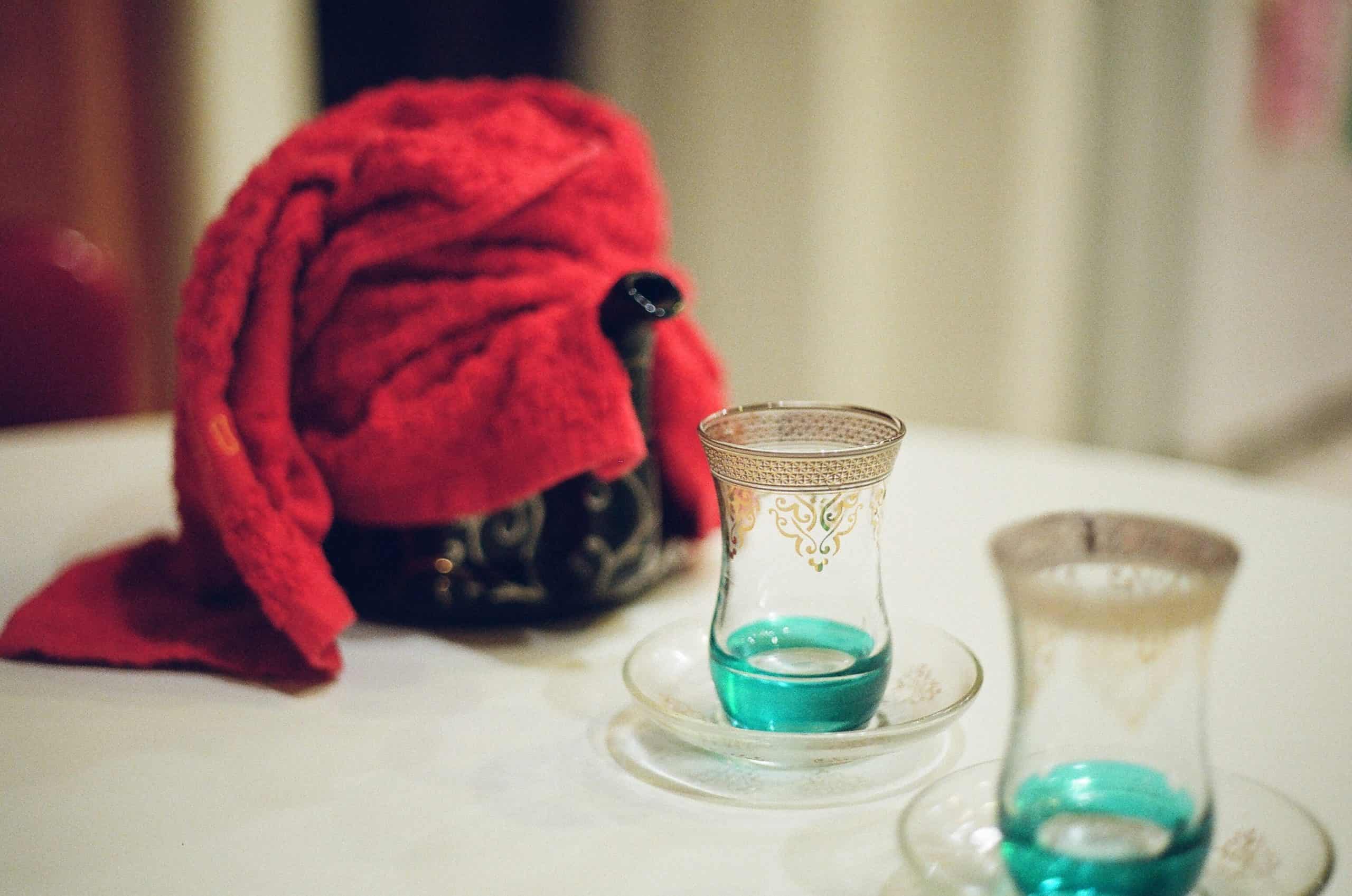
Is there a downfall to tea?
While all of the complications to tea seem to be from over consumption. It still is best to be observant when drinking. Remember the phrase too much of a good thing. Tea is a good thing, a great thing. Too much tea can cause some drawbacks.
So, all things in moderation and if you start to feel any of the symptoms below, sit your cup aside until you feel better.
Anxiety – Caffeine in
Reduced iron absorption – The tannins in tea can bind to iron and hinder the absorption of iron into the bloodstream.
Restlessness – tea contains caffeine, naturally. Too much caffeine can cause restlessness. Drinking tea too close to bedtime can cause poor sleep.
Nausea – Different in all people, not in all people. The tannins in tea can cause stomach irritation and upset.
Heartburn – it’s that caffeine again. Too much can cause acid reflux. The acid comes from the body producing too much acid into the stomach.
Urination – Tea can make you pee
Seizures – High caffeine content can bring on seizures. It can also stop seizure medicine from working.
Glaucoma – Caffeinated
Diarrhea – the caffeine in
Constipation – The tannins in
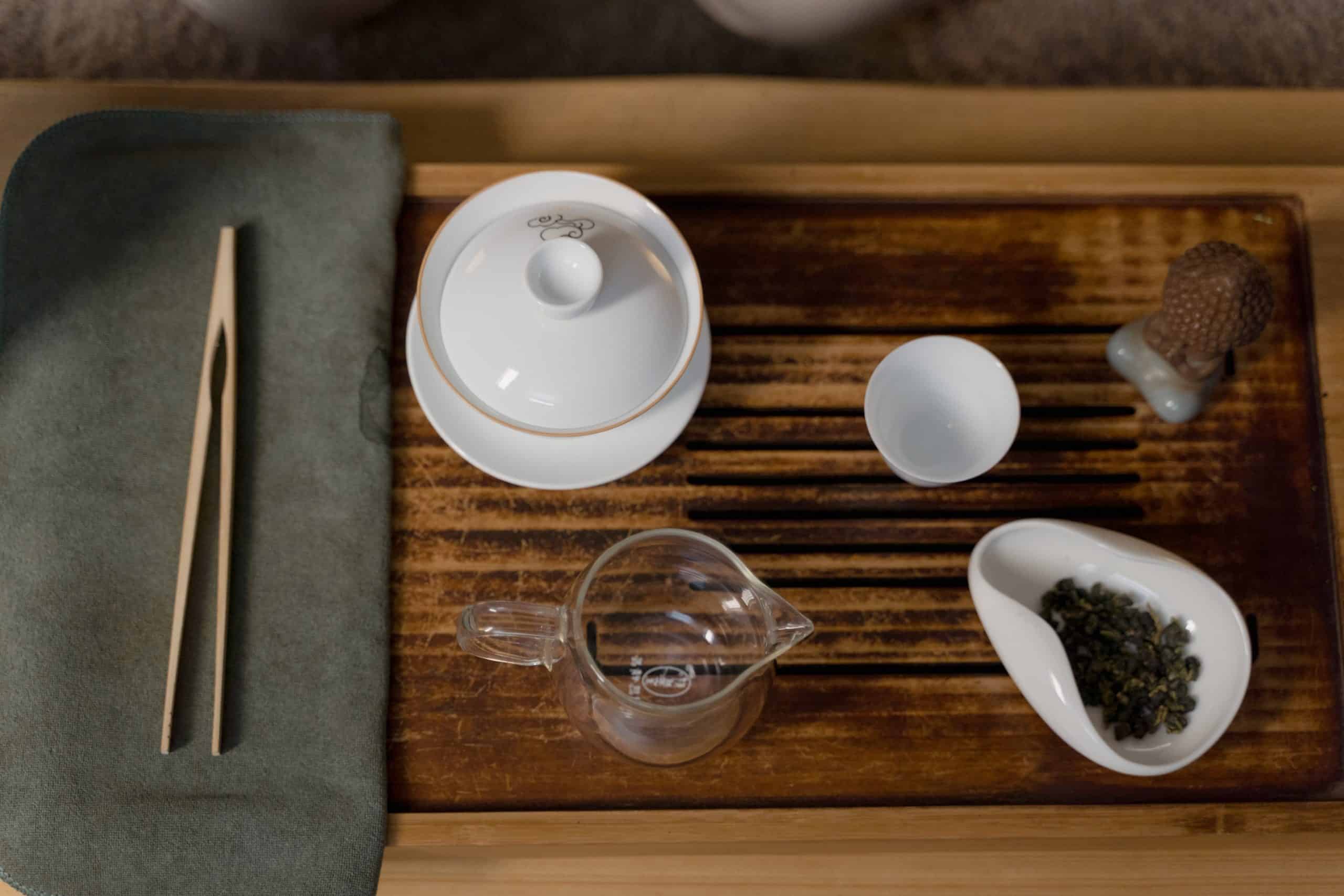
Conclusion
Looking for some good tea?
Teakruthi
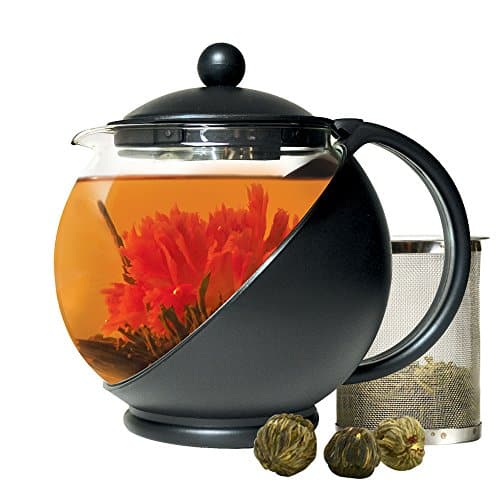
California Tea House

Art of Tea
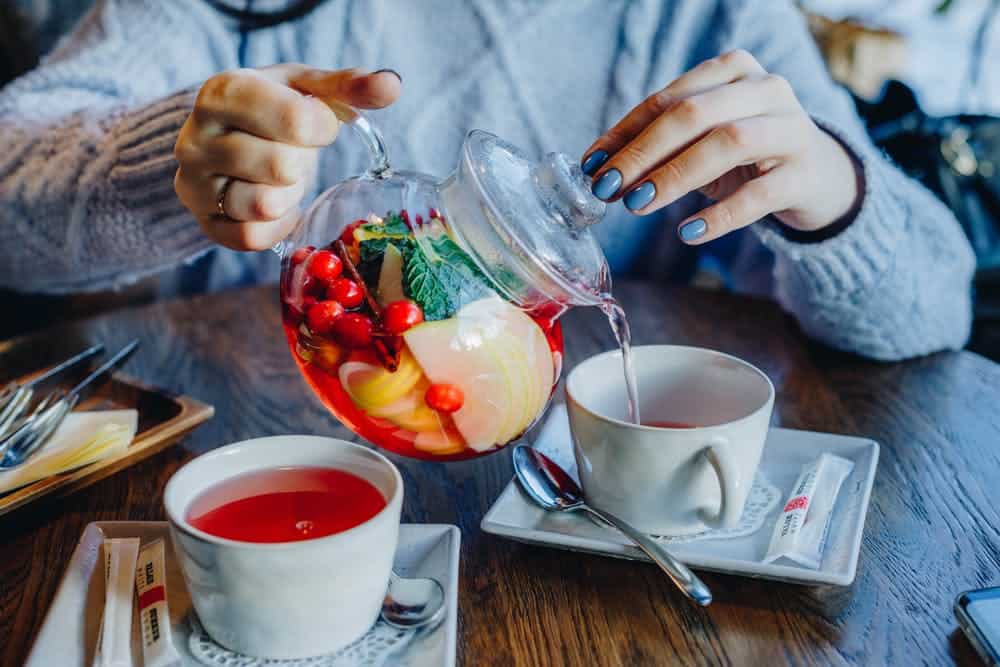
Grosch tea pots

Teavivre
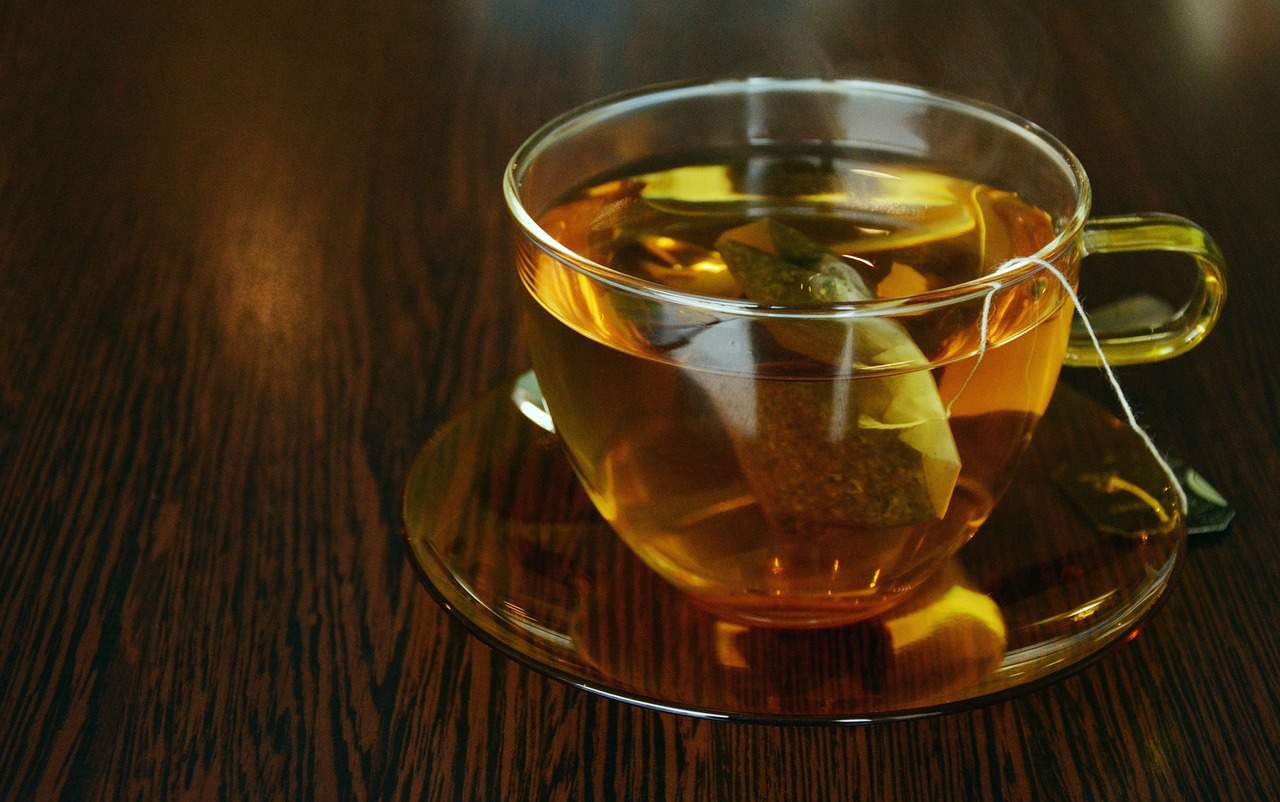
Zest Tea
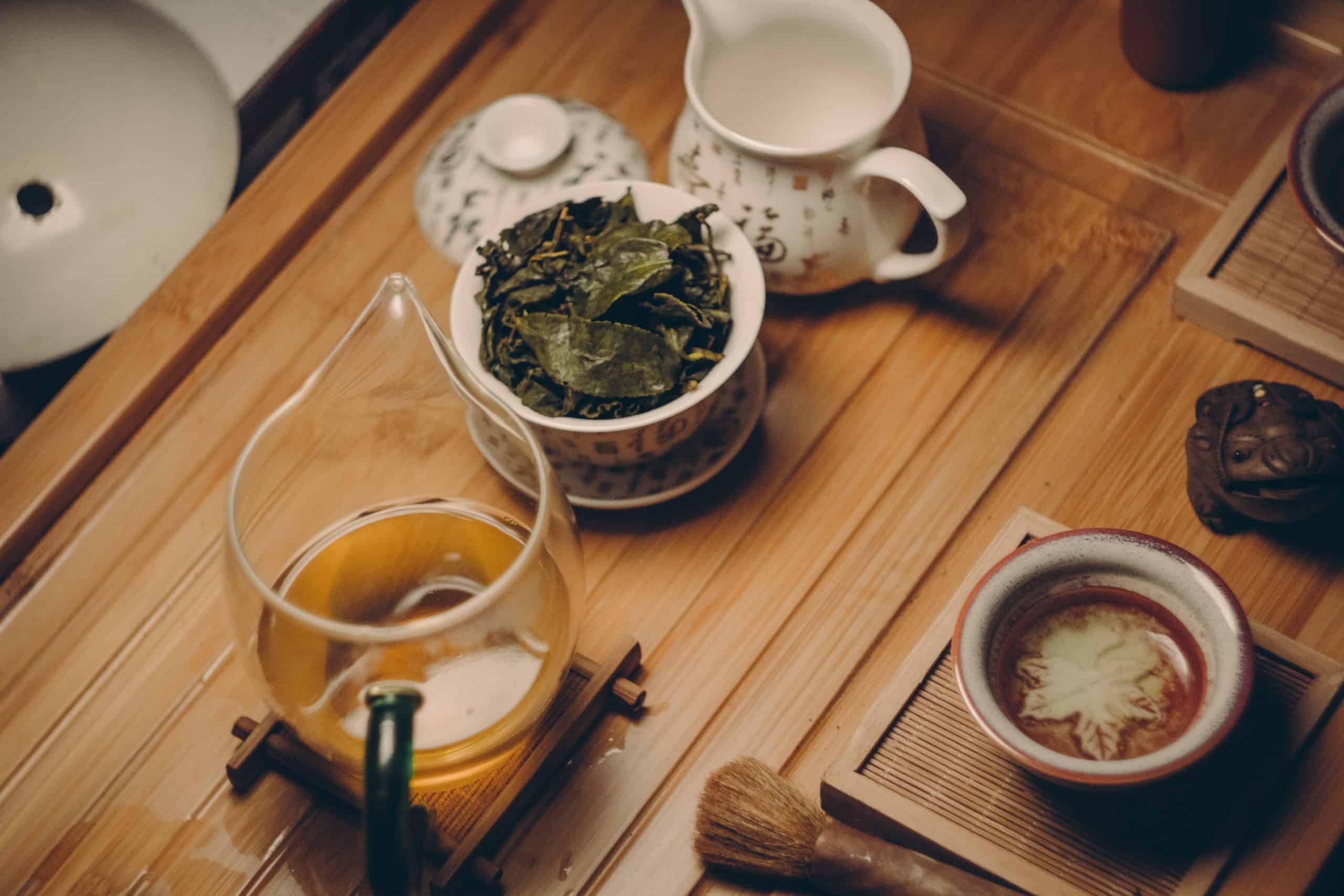
Palais Des Thes
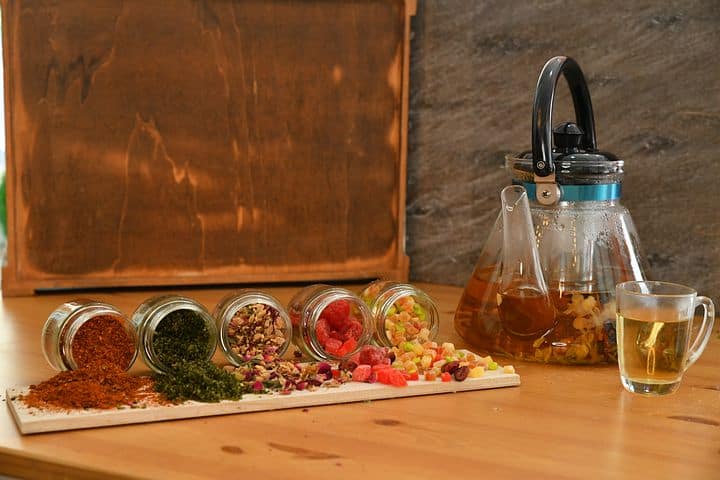
Teaonic
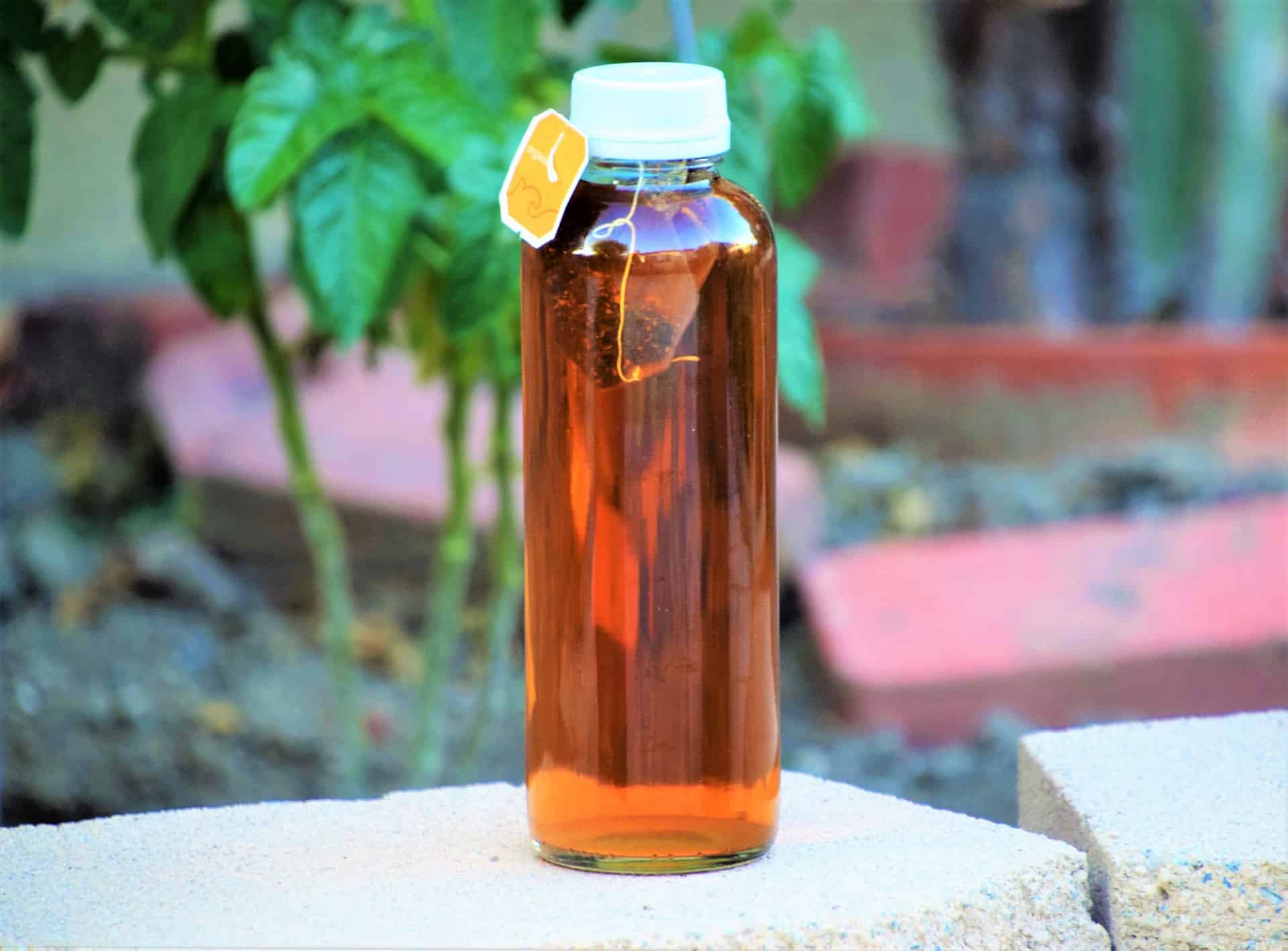
Teabox


